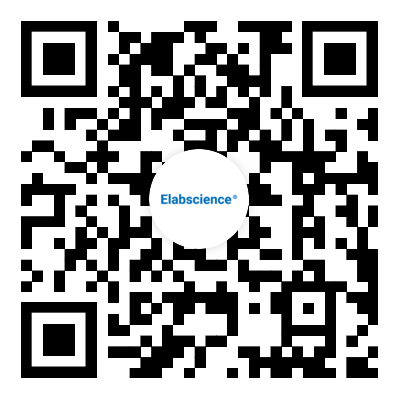Recombinant Mouse TIM-3/HAVCR2 Protein (aa 20-193, His Tag)
Price:
- 表达系统: HEK293 Cells
- 蛋白编码: Q8VIM0
| 别称 |
Hepatitis A virus cellular receptor 2 homolog;HAVcr-2;T-cell immunoglobulin and mucin domain-containing protein 3;T-cell immunoglobulin mucin receptor 3;T-cell membrane protein 3;Tim3;Timd3
|
| 表达系统 |
HEK293 Cells
|
| 序列 |
Arg20-Ala193
|
| 蛋白编码 |
Q8VIM0
|
| 种属 |
Mouse
|
| 计算分子量 |
20.1 kDa
|
| 表观分子量 |
38-55 kDa
|
| 标签 |
C-His
|
| 纯度 |
> 95 % as determined by reducing SDS-PAGE.
|
| 内毒素 |
< 1.0 EU per μg of the protein as determined by the LAL method.
|
| 保存条件 |
Generally, lyophilized proteins are stable for up to 12 months when stored at -20 to -80℃. Reconstituted protein solution can be stored at 4-8℃ for 2-7 days. Aliquots of reconstituted samples are stable at < -20℃ for 3 months.
|
| 运输条件 |
This product is provided as lyophilized powder which is shipped with ice packs.
|
| 制剂 |
Lyophilized from a 0.2 μm filtered solution of PBS, pH 7.4.
Normally 5 % - 8 % trehalose, mannitol and 0.01% Tween80 are added as protectants before lyophilization. Please refer to the specific buffer information in the printed manual. |
| 复溶方法 |
Please refer to the printed manual for detailed information.
|
| 背景 |
T cell immunoglobulin and mucin domain-3 (TIM3), also called hepatitis A virus cellular receptor 2 (HAVCR2), is a transmembrane glycoprotein of the TIM family of immune regulating molecules and plays an important role in the Th1-mediated immune response. TIM3 is expressed on the Th1 cells, CD8 T-cells, monocytes, and dendritic cells, but not on Th2 cells. TIM3 expressed by monocytes and dendritic cells facilitates phagocytosis of apoptotic cells and up-regulates cross-presentation of apoptotic cell-associated antigens through interaction with phosphatidylserine. Engagement of TIM3 by its ligand galectin-9 induces a range of immunosuppressive functions which enhance immune tolerance and inhibit anti-tumor immunity. Stimulation of TIM3 with an agonistic antibody promotes inflammation through the activation of innate immune cells. TIM3 is also regarded as a potential target molecule for immunotherapy. TIM3 and programmed cell death 1 (PD-1) as two important coinhibitory regulators of T cell responses, have been implicated with the T-cell dysfunction or exhaustion associated with chronic HBV infection including HBV-related HCC.
|
实验操作视频
新品推荐
Recombinant Human IL-6 Protein (Fc Tag)
Recombinant Mouse BCR protein (His tag)
Recombinant Mouse IL6 protein(His tag)
Recombinant Rat IL2/IL-2/Interleukin-2 protein (His tag)
Recombinant SARS-CoV-2 Nucleocapsid Protein (His Tag)
Recombinant Human Fyn protein(His tag)
Recombinant Mouse CD96/TACTILE protein (His tag)










